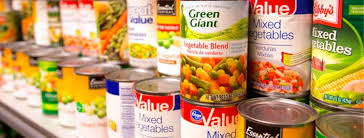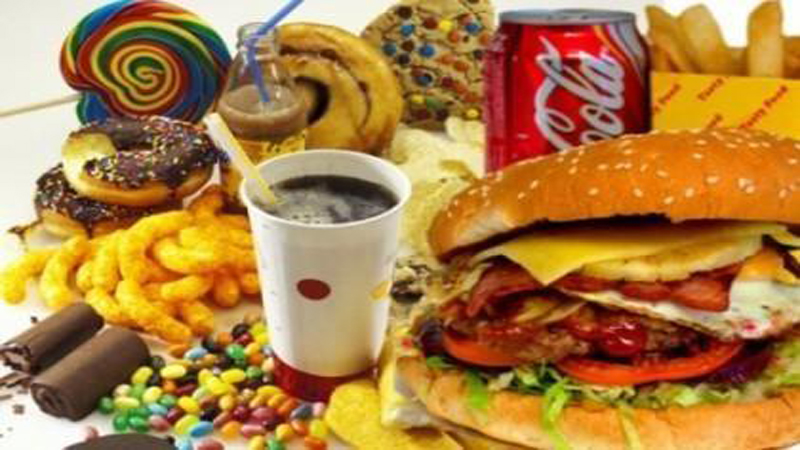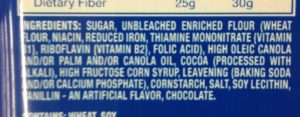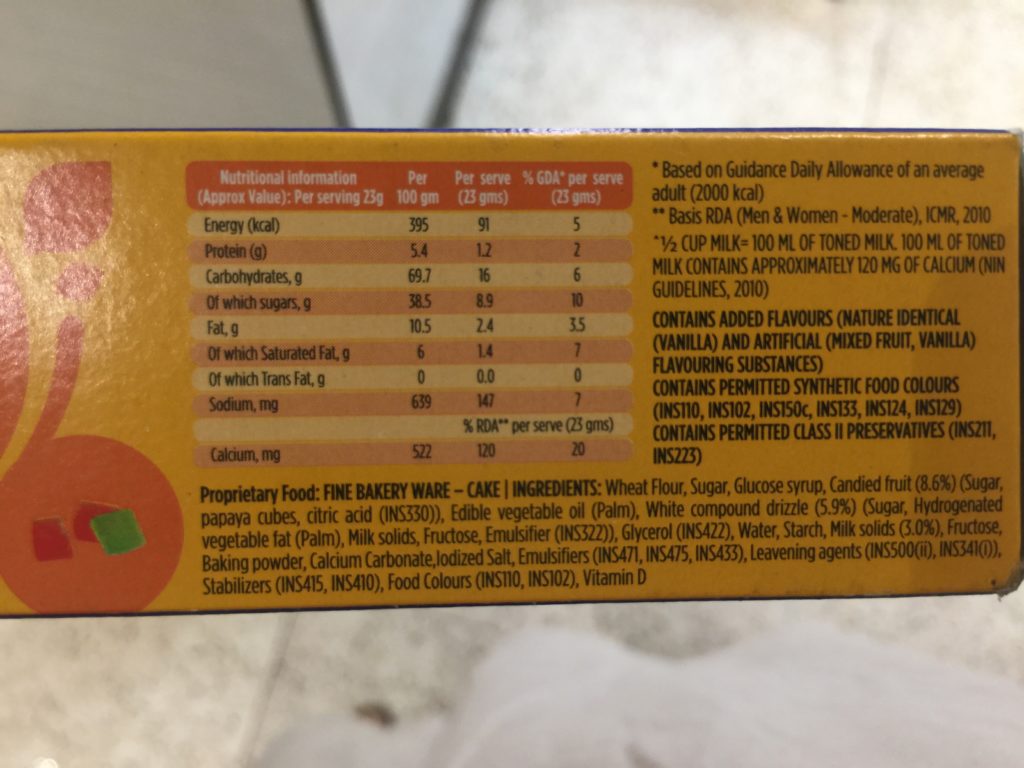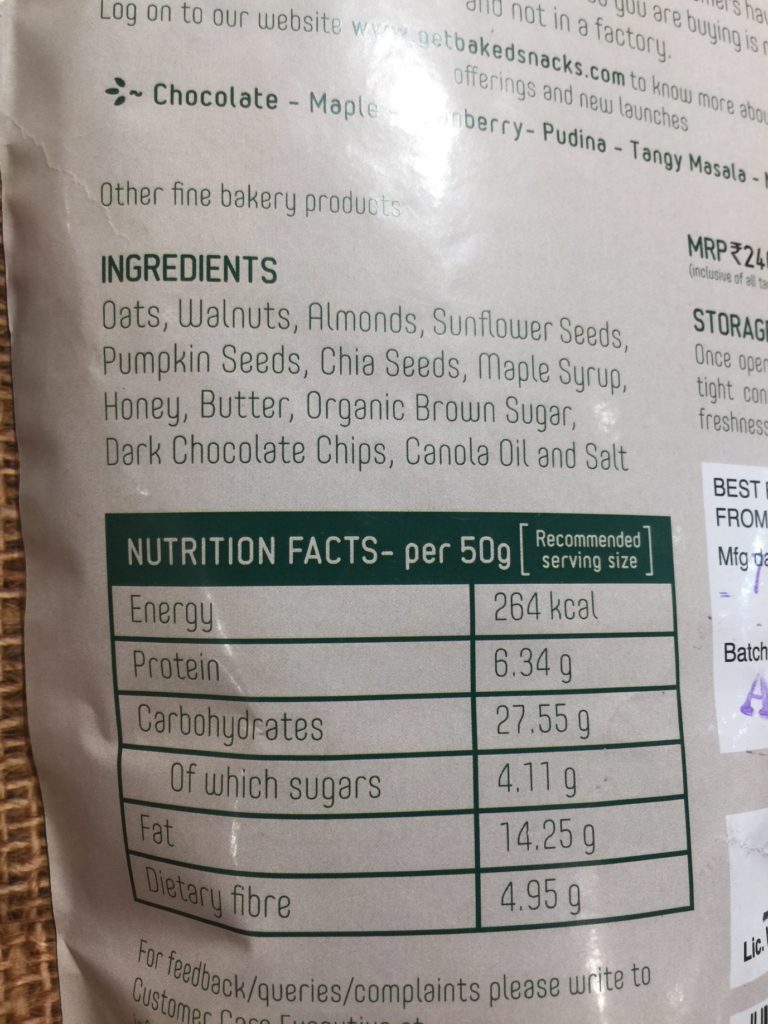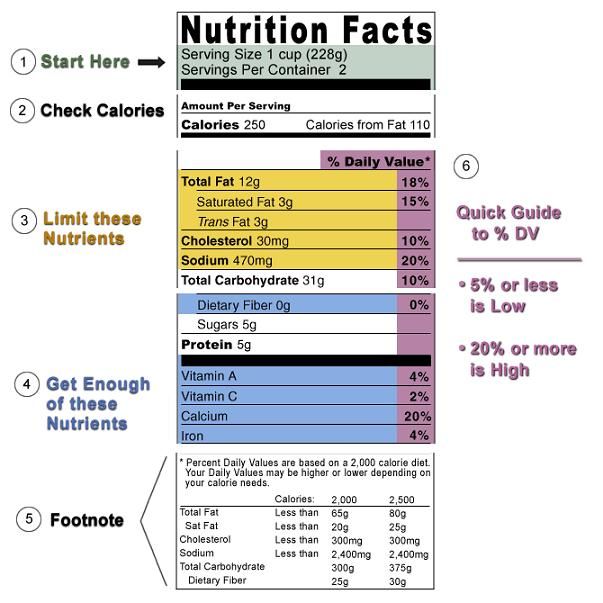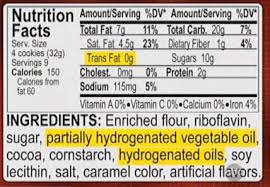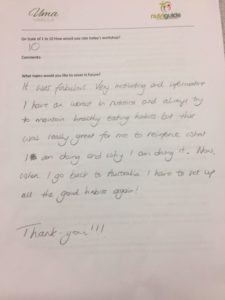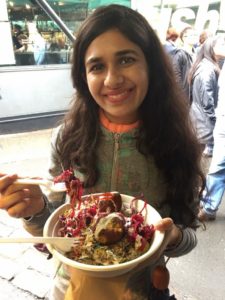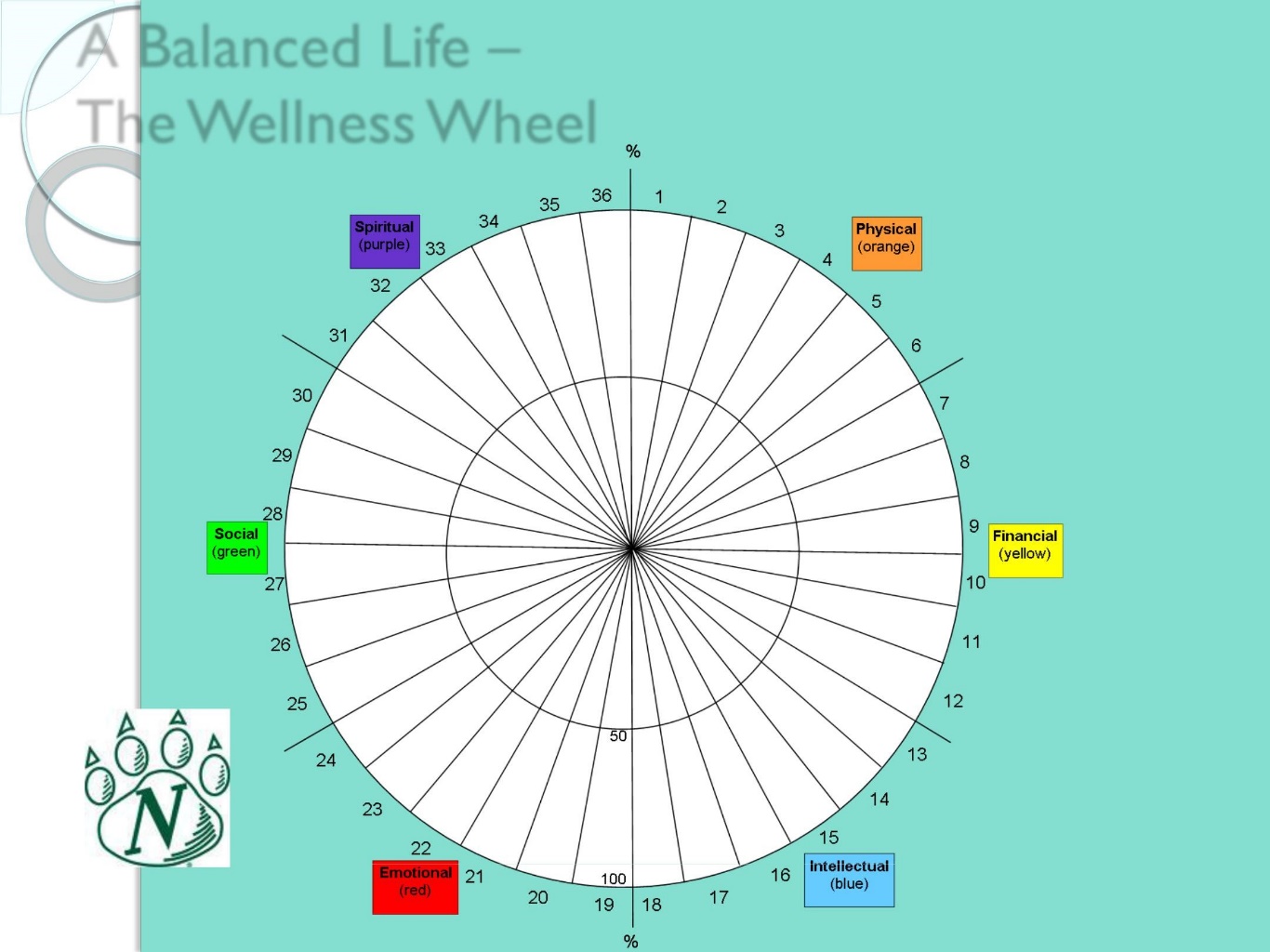Hi new mommy! Your 9-month weight is over, your baby is here and you are into ‘mom mode’ almost full time. You’ve been instructed to eat right for breast feeding, you have a big list of do’s and don’ts from your loved ones and keeping track of nutrition needs, baby needs, household needs along with sleepless nights is getting exhausting!
Somewhere during this journey, you also want to focus on the ‘pre-baby you’ and wish to get your body back in shape in no time at all.
But what you need to understand is that, just as your baby took 9 months to develop and your body slowly adjusted into changes, the very same way, it needs to be cajoled into losing the weight in a slow structured manner with an emphasis on healthy recovery as opposed to just physical weight loss.
So, if you are a first-time mom or a second/third time mom and are ‘pareshan’ over post pregnancy weight loss – this one is for you.
Rule No 1: Do not rush
From the time you get pregnant, to delivery till your baby turns 1, your body goes through maximum hormonal changes. Losing weight is an uphill task that time because hormones do not allow that. They are involved in preparing your body for the upcoming child birth and lactation.
Remember, weight loss after pregnancy can take time, and you may not go back to your pre-baby weight or a healthy weight straight away.The more we force and chase this natural process, the more elusive it gets.
DO NOT go on a crash diet (not eating enough) or a fad diet (popular diets that limit certain types of foods and nutrients). They will probably make you drop kilos at first, but those first few kilos you lose are fluid and will come back.
Other kilos you lose on a crash diet may be muscle instead of fat which again is not of any good to your body.You will gain back any fat you lose on a crash diet once you return to normal eating.
A crash or fad diet is likely to be lacking in important nutrients and will probably leave you feeling tired. This is the opposite of what you need when taking care of a new born, and when you’re likely sleep deprived.
If a mom goes for extreme weight loss in the first 6 months, that is also at a cost of compromised immunity for the new-born . Lack of quality milk can set the child up for nutrient deficiencies, retarded growth, early onset of allergies or auto-immunity.
With the right lifestyle and nutrient intake, weight loss will never be a concern, nor will getting back into shape post-delivery. Our bodies are perfectly designed to shed off the excess pregnancy weight naturally and gradually. So do not rush!
Rule No 2 Better Lactation=Better weight loss
The good news is breast-feeding help you lose your weight faster, but it varies from mother to mother. The amount of weight that you’ll lose while you’re breastfeeding depends on many things including:
- How much you weighed before you became pregnant?
- How much weight you gained while you were pregnant?
- Your diet
- Your activity levels
- Your overall health
Breastfeeding makes your body burn calories which helps you lose weight. If you are patient, you may be surprised at how much weight you lose naturally while breastfeeding. So, on an average, if you make sure to eat right and breastfeed exclusively, you should lose about ½ kg every week or two.
Breast feeding helps to contract your uterus and shrink it back down to its pre-pregnancy size much more quickly. While breastfeeding, your belly should look much slimmer by the time you’re six weeks postpartum.
So, first focus on lactation and weight loss will gradually follow. As lactation is a phase which never comes back. It’s necessary for a mother during her lactation period to eat nutritious food, because producing good quality and quantity of milk requires a lot of energy and a host of nutrients.
Other than that breast feeding also helps in quick postpartum recovery, lowers risk of breast and ovarian cancers, lowers the risk of high blood pressure, cardiovascular disease, and diabetes,reduces chances of bone diseases, helps in better stress management, low risk of postpartum depression and can help you be a better parent.
Rule No 3: Eat to Lose Weight
- DO NOT skip meals- With a new baby, many new moms forget to eat. If you do not eat, you will have less energy, and it will not help you lose weight. Your new role requires you to be energetic thus cutting out on meals is not a viable option. Plan your meals ahead to avoid skipping.
- Have frequent small meals-Eat 5 to 6 small meals a day with healthy snacks in between rather than 3 large meals. This helps you to eat smaller portions at one go, fuels your body timely and lose weight.
- Eat breakfast-Even if you do not normally eat in the mornings, get into the habit of having breakfast. It will give you energy to start your day and stop you from feeling tired later. Having breakfast also helps in improving your metabolism and hence losing weight.
- Slow down- When you take your time eating, you will notice that it is easier to tell that you are full. It is tempting to multitask, but if you focus on your meal you will be less likely to overeat.
- Do not eliminate fat- Fat is an important nutrient, so your goal isn’t to eliminate it from your diet. In fact, including some fat at each meal will help you stay full and keep you away from overeating carbohydrates. (Too many calories from any source – fat, protein, or carbs – can lead to weight gain or keep you away from accomplishing weight loss.) The trick is to choose “good” fats rather than “bad” fats. The best fats are found in avocado, olives, nuts and seeds, and fatty fish like salmon. Avoid refined oils and trans fats, which can contribute to heart disease and perhaps diabetes, and can be transferred to breast milk, too.
- Snack Healthy: When you reach for a snack try to include foods with fiber and protein to help keep you full (such as sprouts chaat, idli chutney,poha with peanuts, raw bell pepper or carrot with bean dip, apple slices with peanut butter, or a slice of whole-wheat toast with hard-boiled egg).
- Squeeze in more fruits and veggies: Snack on fruits, make fruit chaat or smoothies or eat fruit as such. Vegetable salsas or vegetable reduction sauces (sauces made from puréed vegetables) over fish or chicken, add shredded veggies to your sandwich, stir them into your dosa, chilla or idli batter, try grilled vegetables, and puréed vegetable soups. (Puréeing your soup makes it creamy without having to add corn flour, which is an unhealthy option. It’s also a great way to eat veggies you might not ordinarily eat on their own.)Including 5-6 portions of different colour veggies and 3 fruits in a day helps provide you essential vitamins and minerals, fibre and hence help with weight loss.
- Choose right cooking method: Steaming, baking, sautéing, boiling are better cooking methods. Steam the sprouts rather than frying them, bake the snacks rather than deep frying.
- Hydrate Well: Drink at least 12 glasses of water in a day. Keep a water bottle near the spot where you usually feed the baby, that way you’ll remember to drink. Your urine colour gives you an indication about how much water is enough. A clear urine indicates sufficient hydration in your body. Coconut water, fresh lime water, buttermilk or fruit infusions are healthy alternatives to increase water intake. Limit drinks like sodas, juices, and other fluids with added sugar and chemicals. They can add up empty calories and keep you away from losing weight.
- Avoid Processed Food : Intake of packaged food such as instant noodles, biscuits, cookies, packaged fruit juices ,diet mixtures will lead to leaking of chemicals present in them into breast milk. Limit such sugar, saturated fat , trans fats rich packaged food by storing unhealthy foods out of sight or not buying them.Needless to mention alcohol is a big no while you are on exclusive breast feeding. Rule No. 4: Focus on Alkalising your system:
A mother’s body pH tends to drop towards acidic during pregnancy. This is because of:
- Depleting alkaline mineral stores in order to keep up with the child’s needs.
- Accumulation of acidic waste from baby trapping the acidity in her body.
Hence it is of utmost importance to readjust the pH because it is extremely difficult to lose weight in an acidic medium.This can be done by correcting the eating pattern ensuring adequate hydration, drinking lemon water, inclusion of raw foods such as soaked nuts, seeds, green leafy vegetables, fresh veggie juices and fruit smoothies. Junk and processed foods increase acidity, hence must be avoided.
Rule No. 5: Start with gentle physical activity
Ideally one should wait at least six weeks after a vaginal delivery of baby and eight weeks after a c- section to start exercising, but it is safer to consult your physician before starting an exercise routine.
Exercise will help you lose fat instead of muscle. Fighting depression and relieving stress too. Finding 30 minutes in a row might be impossible, so breaking up the time into small 10-minute sessions is also helpful. Then try to work your way up to 20- or 30-minute sessions.
It’s best to start with low-impact exercises such as deep breathing exercises (yoga), walking or swimming. Slower and gentle forms of exercises are better because your muscles need to waken up after a long gap. Lower back and upper shoulder stretches help a lot because those muscles are used to full capacity during pregnancy. A 30-min walk in nature with your baby in stroller, exercising with baby once he/she is 5 months can also be considered. Gradually, core workouts will help you tone your mid-riff.
Get Enough Sleep
Poor sleep can negatively impact your weight loss efforts as you’re less likely to choose healthy food. You’re more likely to grab something through a drive-through. You’re also less likely to get physical activity. When you’re tired, your body releases cortisol and other stress hormones that can promote weight gain.
Although it is difficult with a new born, do not miss any opportunity to get as much sleep as you can and ask for help when you need it. Power naps as short as 15-20 min twice during the day are also enough to recharge you up when you don’t get enough night sleep. Keep your cell phones away while the baby is asleep. Cutting down screen time also helps in increasing your sleep time.
Why is it tough for a 2nd/3rd time mom to lose the weight?
There are a lot of factors that go into why losing the baby weight after baby 2 or 3 is difficult. The weight creeps on, then you become used to it and so does your body. Your body adapts with a higher fat percentage. This makes it hard to start using fat as fuel, even while breastfeeding. Our bodies naturally store extra fat and water while pregnant to make breast milk. But, if there is excess fat left over that stays until the next pregnancy, our bodies adjust and want to stay at that fat percentage.
Also, the excess weight is related to your eating habits and activity levels after baby is in the picture. Your requirements go up during lactation but you need to start eating as you ate before pregnancy as you start weaning. This is a big step that gets missed as you become used to eating more and continuing same after weaning further adds to weight.
Your age when you deliver the baby 2 or 3 is also an important factor. As our body’s metabolism naturally drops as we age.
Nutritious eating and enough physical activity are the only ways to ensure that your body is healthy and fit. The more you fill yourself up on whole foods full of natural nutrients, the fuller you will be and fewer will be the cravings for junk food. Cleaning up your eating routine is more than just weight loss. It gives your body the nutrients it needs to function optimally, makes you more energetic,strengthen your immune system and also helps in fat loss. Right eating habits eventually help move the stubborn fat which your body has become used to by improving your body’s metabolism naturally.
So it may take a little longer for you to lose weight but if you are persistent with your efforts and consistently make gradual lifestyle changes-success will be there for sure.
How do you work on losing the weight?
While you’re nursing, your nutrient needs are even greater during the first six months after delivery than they were during the last trimester of pregnancy. Your nutritionist can help determine exactly what you should be eating, since that depends on a host of factors such as your eating habits, food preferences, body and baby needs , your activity level and lifestyle. Weight loss of about half a kg a week at this stage is safe and won’t affect the milk supply even if you are breastfeeding. This naturally happens with breast-feeding, nutritious food and light exercise.
As you wean off your baby, your body requirements decrease so make sure to readjust your eating pattern now. As eating in same manner and portions after weaning the baby will only lead to further weight gain.
For a better balanced and well planned post-partum nutrition, do get in touch for our customised iPlan. We can help you design an eating plan that will let you lose weight safely and effectively. Your plan is structured taking into consideration everything from your body requirements to food preferences, your relationship with food to hectic routine, your food cravings to family responsibilities to make it practical and doable.
Visit us @ www.umanarula.com.
Follow us on fb https://www.facebook.com/UmaNarulaNutriguide/ for regular tips on health,wellness,weight loss,eat right and much more.
Uma Narula is an award winning practising Nutritionist since 12 years.If you have any queries regarding your health,weight loss and nutrition you can email at uma@nutriguide.co.in or call on +91 99676 35556 / +32 468 29 79 49.


